Patellofemoral Pain Syndrome Treatment Protocol
Patellofemoral pain syndrome treatment protocol. These include high moderate and low irritability levels which are characterized by pain intensity and disability level as well as provocation of pain with ROM. Enroll in our online course. Pain free activities of daily living Improve functional status Normalize biomechanical forces Improve strength power and inflammatory status Acute Phase Maximal Protection Weight-bearing as tolerated crutches may be indicated to achieve normal gait.
Always be sure to ice. Medial patellofemoral ligament injury. Schaap Time Frame Treatment Goals Phase I -Use of crutches to normalize gait -Anti-inflammatoriespain modalities iontophono etc -Begin flexibility exercises for tight lower extremity structures -Ice compress and elevate -Brace per physician -Thorough evaluation of hip knee ankle and feet -Reduce paininflammation.
A brace to control lateral patellar translation may be helpful too. Clinical Practice Guidelines DIAGNOSIS A Clinicians should use reproduction of retropatellar or peri-patellar pain during squatting as a diagnostic test for patellofemoral pain PFP. Contraindications Precautions for Treatment.
Patients report symptoms as general knee pain or ache surrounding the patella. These patients should actually have treatment similar to the ELPS patient above. KNEE PAIN PATELLOFEMORAL SYNDROME PROTOCOL How can I prevent patellofemoral syndrome.
Patients with patellofemoral pain PFP. Although outcomes were similar the hip protocol resulted in earlier resolution of pain and greater overall gains in strength compared with the knee protocol 4. The physical therapist will evaluate the patients mobility flexibility and strength with the purpose of determining the underlying cause of the abnormal stress on the patella.
Increase glute medius strength L. 3 sets 3 times per week. Clinicians should also use perfor-mance of other functional activities that load the patellofemoral.
Ity for persons with shoulder pain that could be used to guide intensity and selection of interventions. Patellofemoral pain PFP is a common musculoskeletal-related condition that is characterized by insidious onset of poorly defined pain localized to the anterior retropatellar andor peripatellar region of the knee.
Patients report symptoms as general knee pain or ache surrounding the patella.
Always be sure to ice. Schaap Time Frame Treatment Goals Phase I -Use of crutches to normalize gait -Anti-inflammatoriespain modalities iontophono etc -Begin flexibility exercises for tight lower extremity structures -Ice compress and elevate -Brace per physician -Thorough evaluation of hip knee ankle and feet -Reduce paininflammation. Although outcomes were similar the hip protocol resulted in earlier resolution of pain and greater overall gains in strength compared with the knee protocol 4. Patients report symptoms as general knee pain or ache surrounding the patella. A brace to control lateral patellar translation may be helpful too. Patients with patellofemoral pain PFP. This means avoiding going up and down stairs and hills deep knee bends kneeling step-aerobics and high impact aerobics. Include strength training activities for all of the muscles that support the knee and patella- for example resistance band walks abductoradductormachines and single leg squats. Httpsgoogl3NKzJX GET OUR ASSESSMENT B.
Patellofemoral pain PFP is a common musculoskeletal-related condition that is characterized by insidious onset of poorly defined pain localized to the anterior retropatellar andor peripatellar region of the knee. Increase glute medius strength L. Patellofemoral Pain PROTOCOL. These include high moderate and low irritability levels which are characterized by pain intensity and disability level as well as provocation of pain with ROM. Your knee down after you complete your exercises using either immersion in ice bath or wrapping a bag. Patellofemoral pain PFP is a common musculoskeletal-related condition that is characterized by insidious onset of poorly defined pain localized to the anterior retropatellar andor peripatellar region of the knee. Ity for persons with shoulder pain that could be used to guide intensity and selection of interventions.


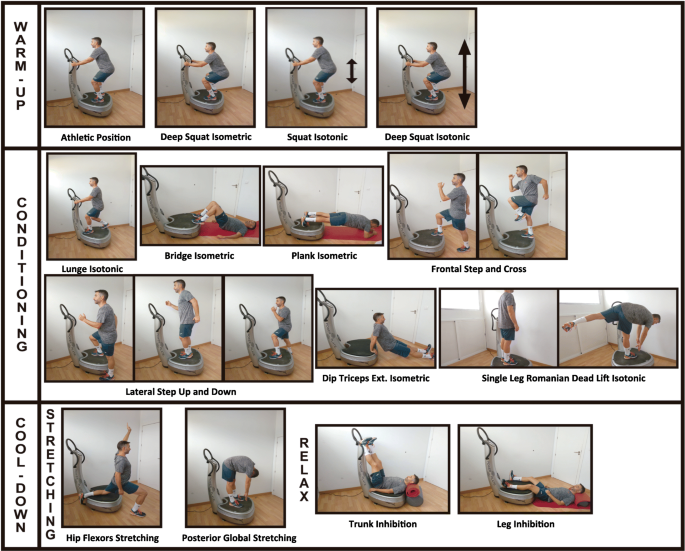
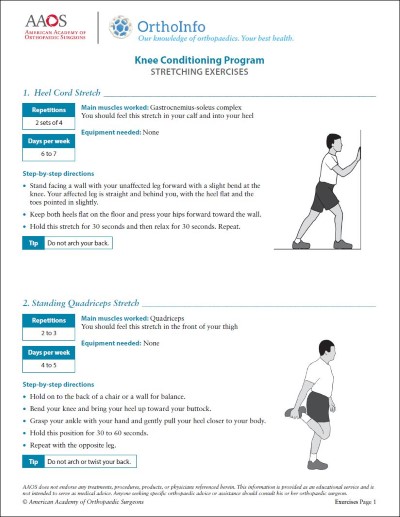


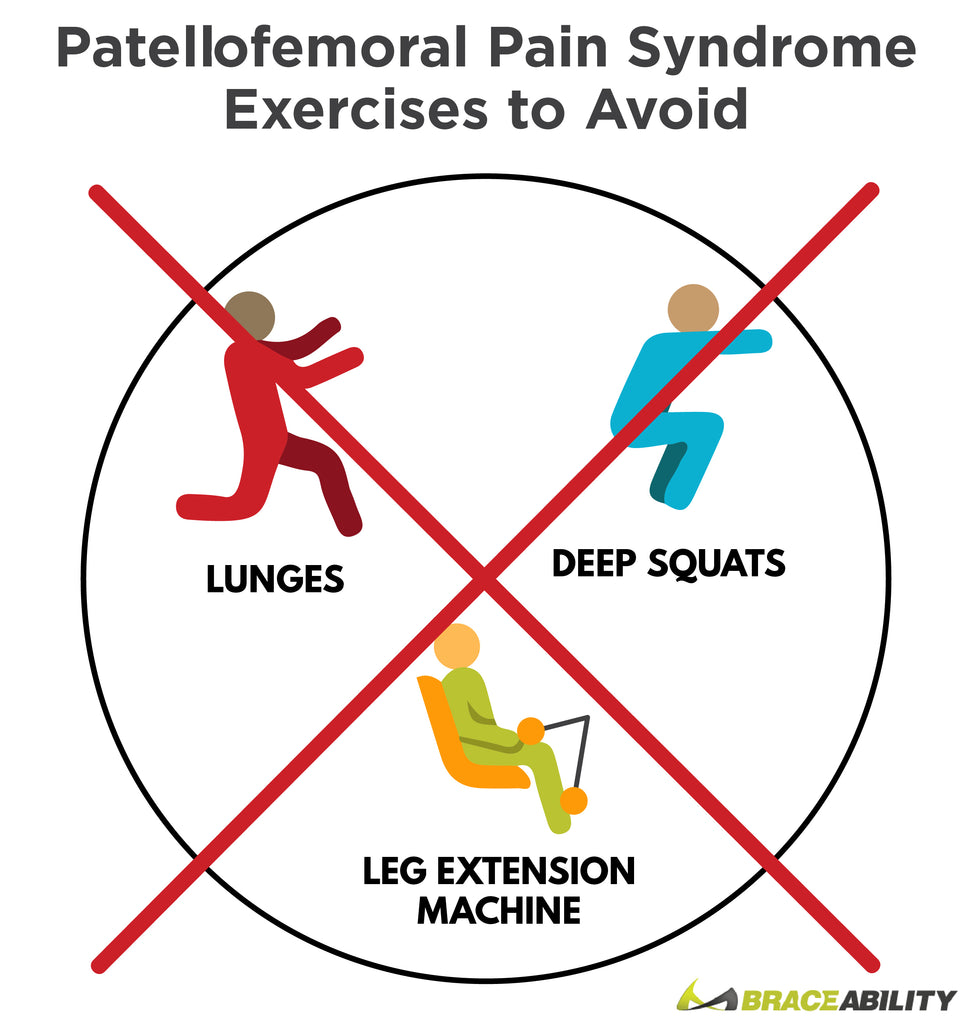
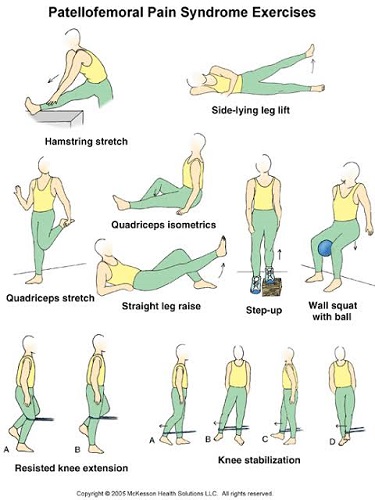










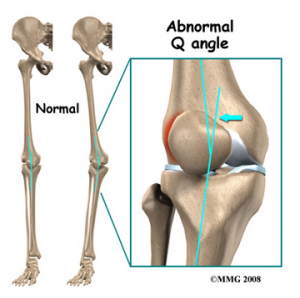




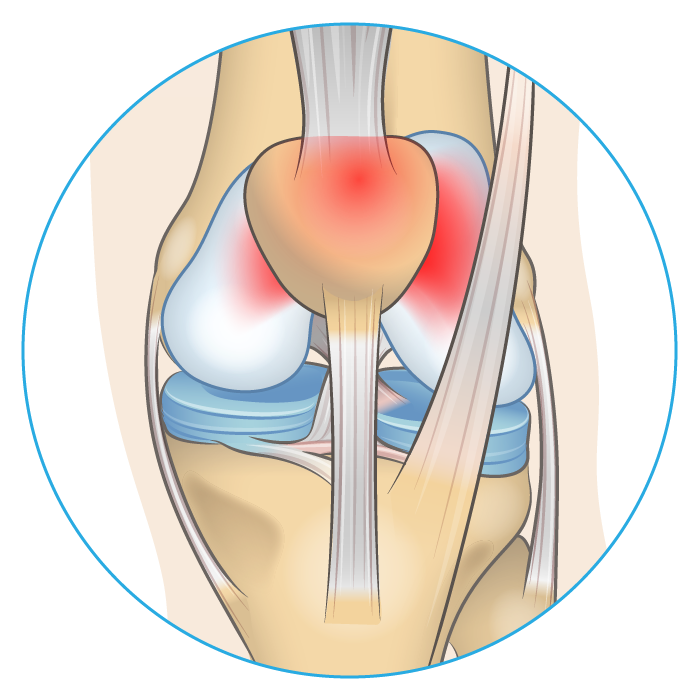
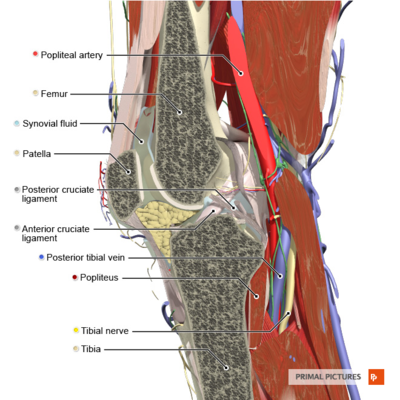


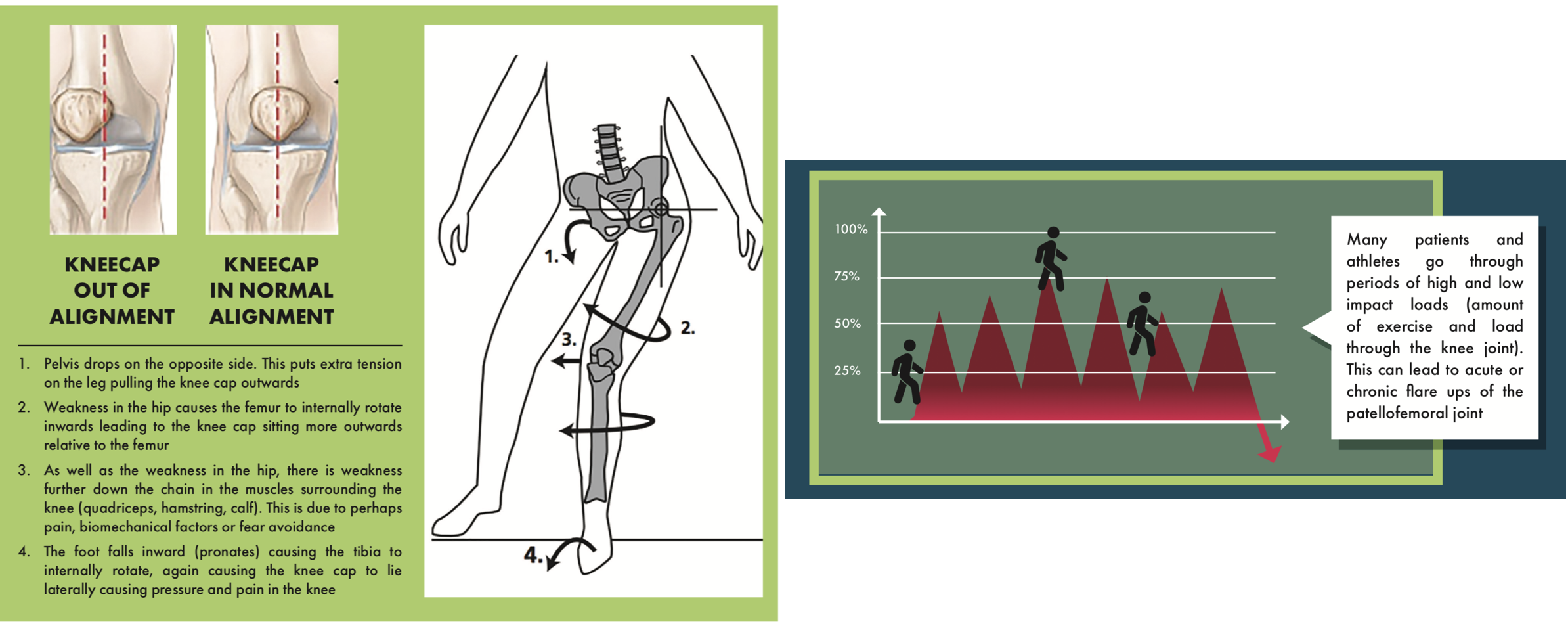






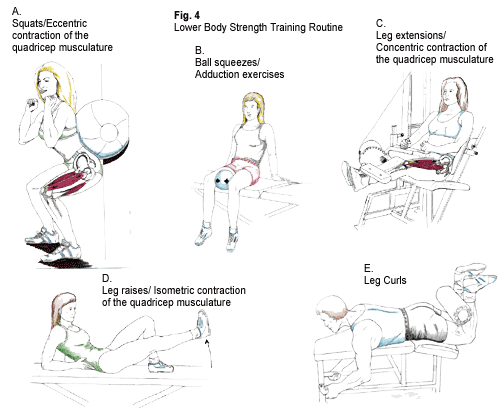



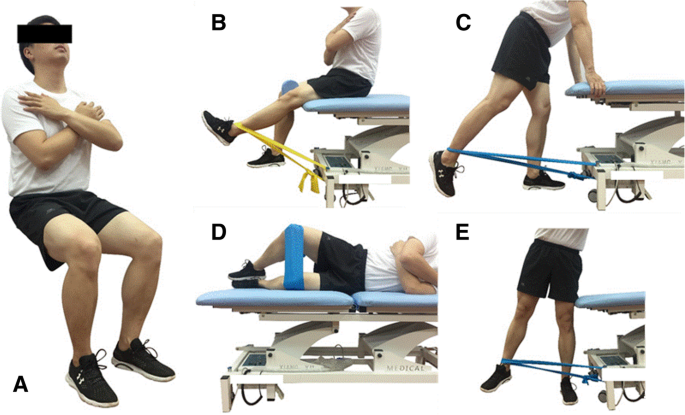



Post a Comment for "Patellofemoral Pain Syndrome Treatment Protocol"